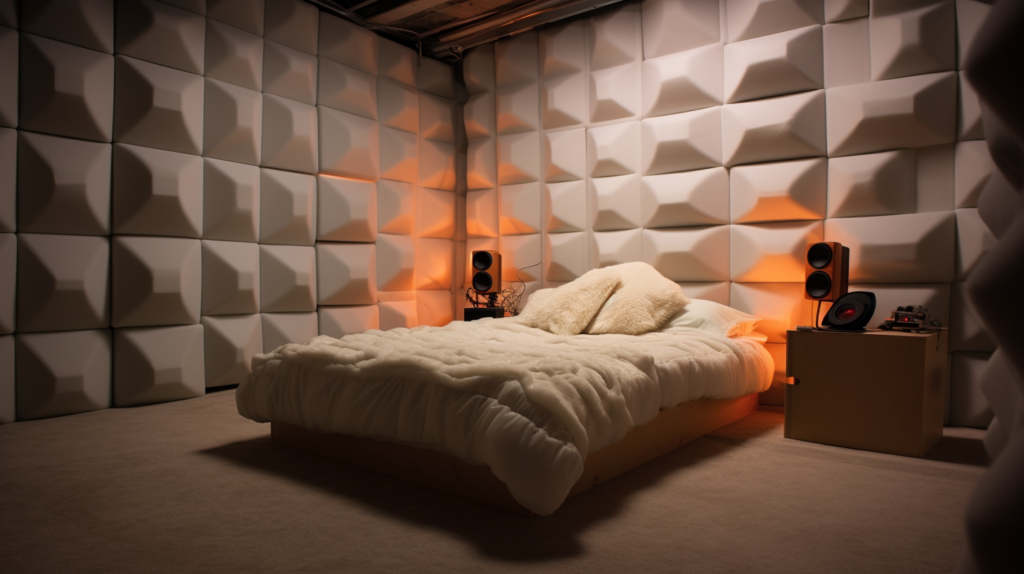
Table of Contents
Misconceptions About Soundproof Blankets and Noise Management
There is no such thing as a soundproof blanket. There is no such thing as soundproofing. With noise, nothing is proofed, There are no absolutes. Noise is managed and it can not be managed using a soundproof blanket for all noise issues. Noise is managed by building barriers that are placed between the source of the noise and the receiver of the noise.
A barrier is not a soundproof blanket. It is a physical structure that is specifically designed to deal with the frequency and amplitude of the noise issue you are up against. In order to build the proper barrier design, since noise is mitigated by physical structure, not any type of soundproof blanket. All noise must be measured for frequency and amplitude. https://en.wikipedia.org/wiki/Audio_frequency You must know what frequency your noise issue occurs at along with how strong it is at that frequency.
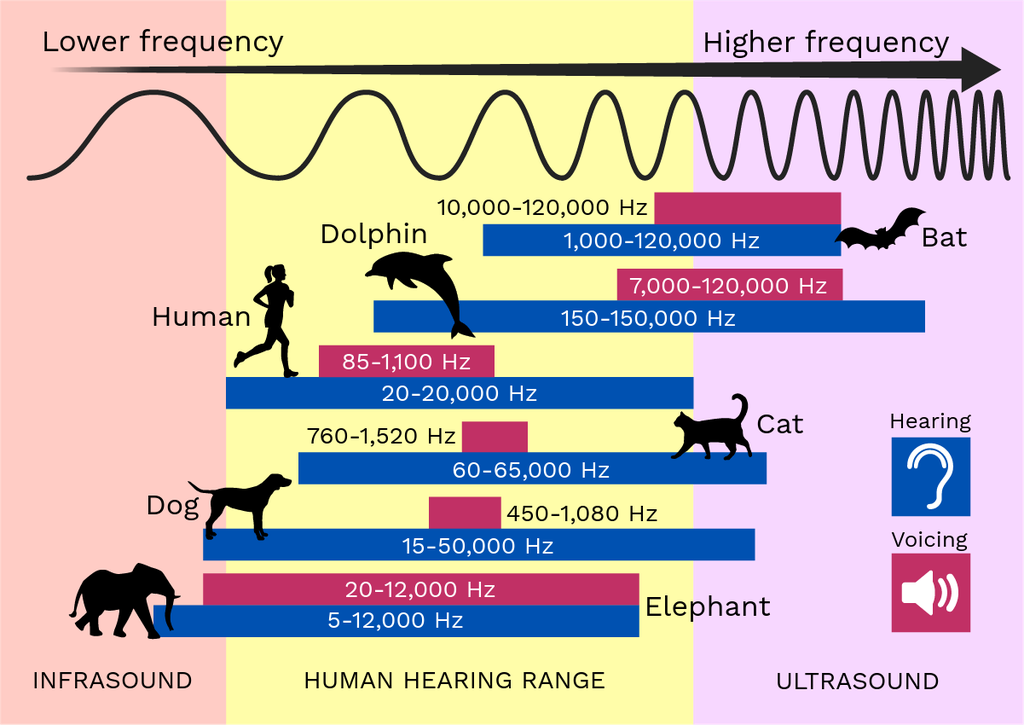
Understanding Sound Frequency and Amplitude
The frequency of sound is where that sound exists on our human hearing system. It is measured in hertz. The amplitude is the strength of the frequency. Frequencies are divided into three main categories. We have low, middle, and high frequencies. Lower frequency noise issues are much more difficult to mitigate than middle and high frequencies. Lower frequency energy is long in length. Let’s take a 40 hz. wavelength. It is 28′ long. It is 14′ high.
It oscillates in cycles throughout the air from a source. A good example of a 40 hz. noise generator is a garbage truck. As it drives down the alley ways, it sets off car alarms by generating low frequency waves of energy that travel through the air striking your room walls. When low frequency energy strikes your walls, it turns into vibrations. These vibrations travel through your walls regardless of the material type used to build them.
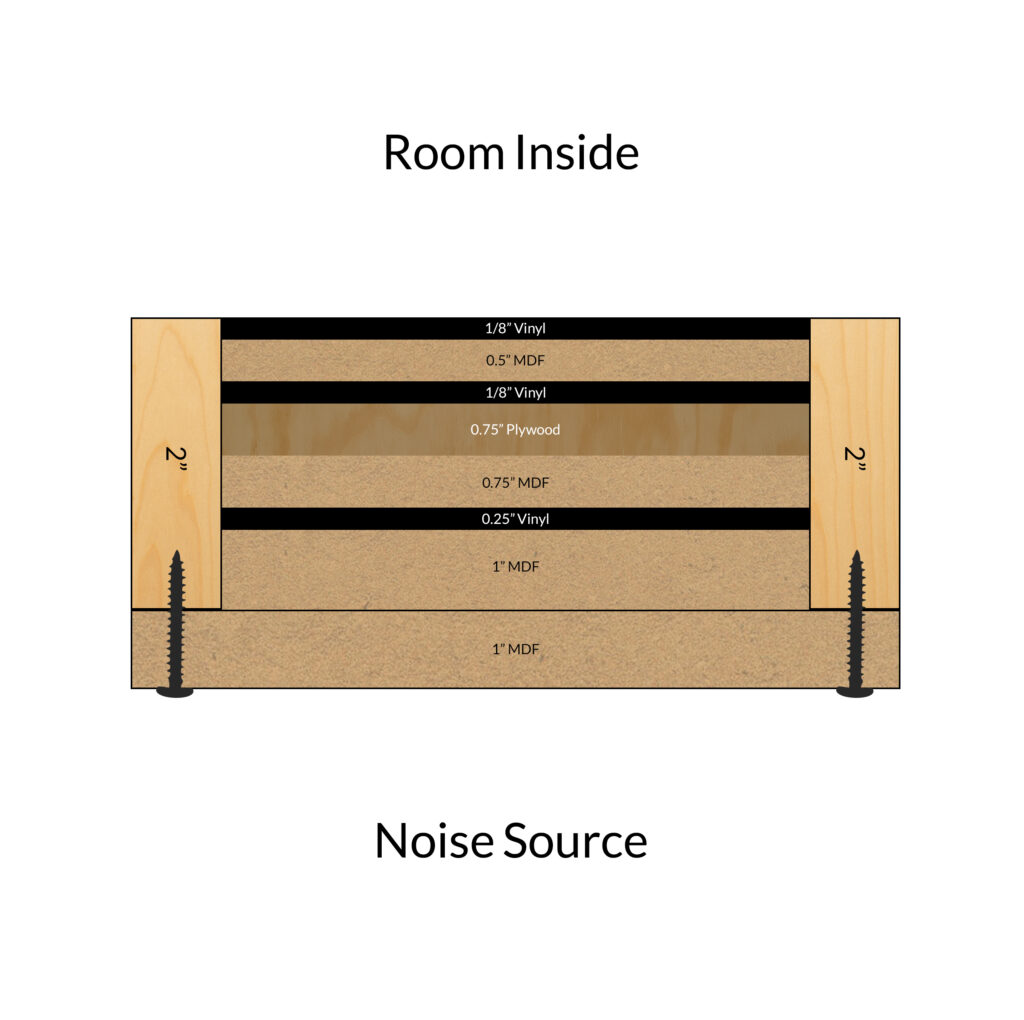
Transition from Airborne to Vibrational Energy
With noise, we go from air borne energy into vibrational energy and the science of vibrational acoustics. With vibrational energy the goal is to minimize the vibrations from transferring through the structure. You must design and build a barrier that minimizes the transfer of energy from traveling through the wall so that a large vibrational signature is reduced in size.
Our goal with any barrier technology is to build a structure that focuses on minimizing vibrational energy transfer. In order to accomplish this goal, we need to measure the frequency and amplitude of any noise issue. At Acoustic Fields, we have a noise measurement process that is simple and easy to use with your phone.
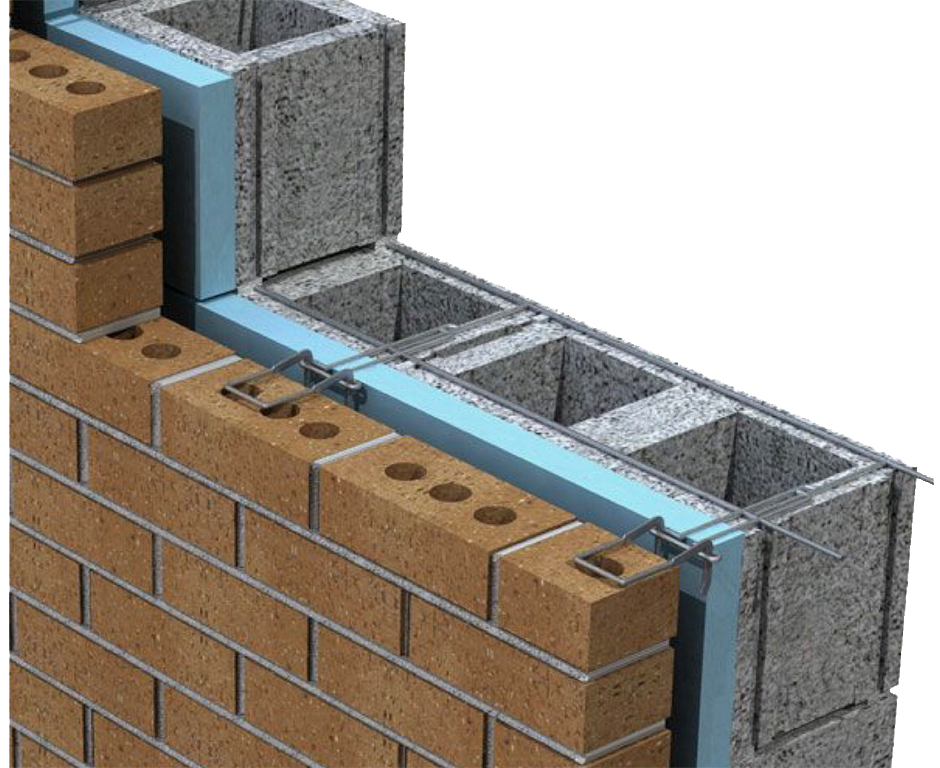
Measuring Noise for Effective Barrier Design
In order to design a barrier that will be effective against vibration transfer, we need to measure the frequency and amplitude of the noise issue we are facing. The frequency of the noise is where the noise lies on our human hearing system. Frequency is designated by hertz. A 40 hz. is a lower frequency noise issue compared to a 1,500 hz. issue.
Lower frequency noise issues below 125 hz. requires a completely different barrier design than noise frequencies above 125 hz. The amplitude of the noise is how strong the noise is at that frequency. The amplitude is the strength of each frequency. We also must measure the noise issues over a seven day time period. We need to know if some days during the week are louder than other days. When designing a barrier against noise, we must design for the lowest frequency and greatest amplitude or strength.
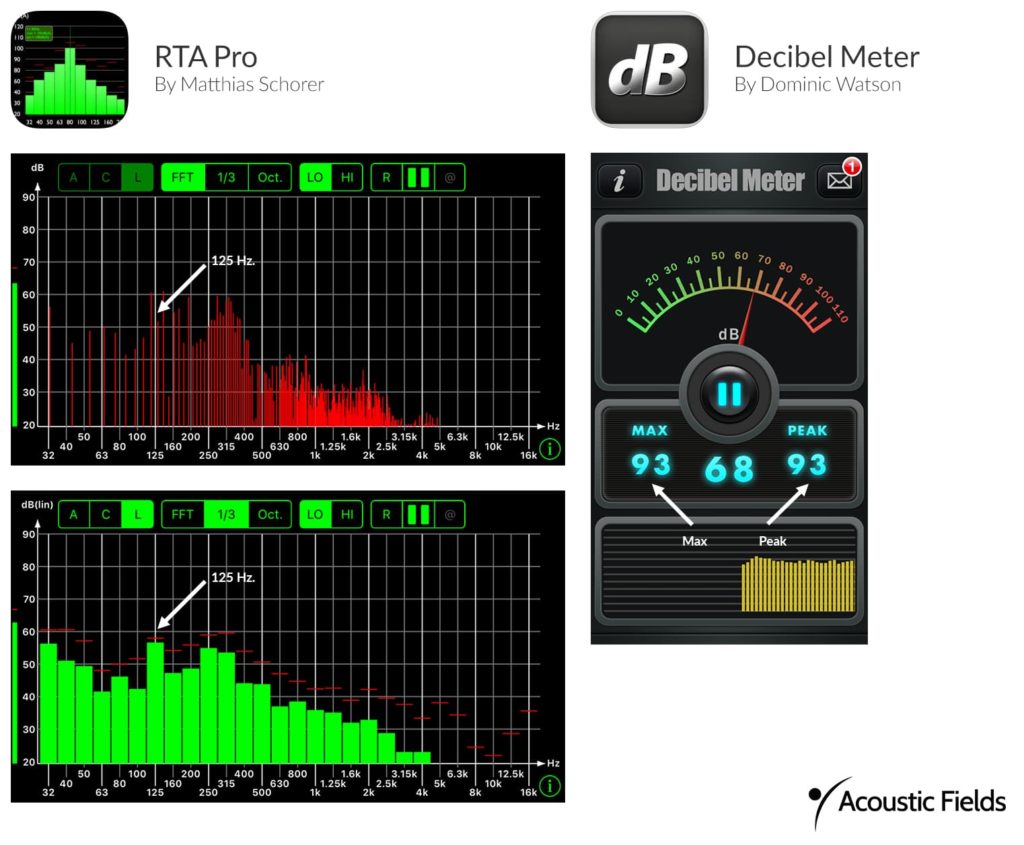
Optimizing Listening Environments for Creativity
In any critical listening environment, we need to design the noise barrier so that it allows for the end user to be able to use the room at any time you want to without worry that the outside noise limits the time you can use the room. This applies particularly to creative people who have inspiration at different times. Most engineers we work with work late into the evening and even into the early morning hours.
They require a quiet room to perform their mixing skills. In the early morning hours human activity decreases and neighborhood noise levels can be reduced by 40%. If you are using the room during the day, you can generate more noise inside the room since it will be buried under the noise of the neighborhood. In the early morning hours, what you can get away with in terms of noise transmission is much less than at 2 am in the morning.


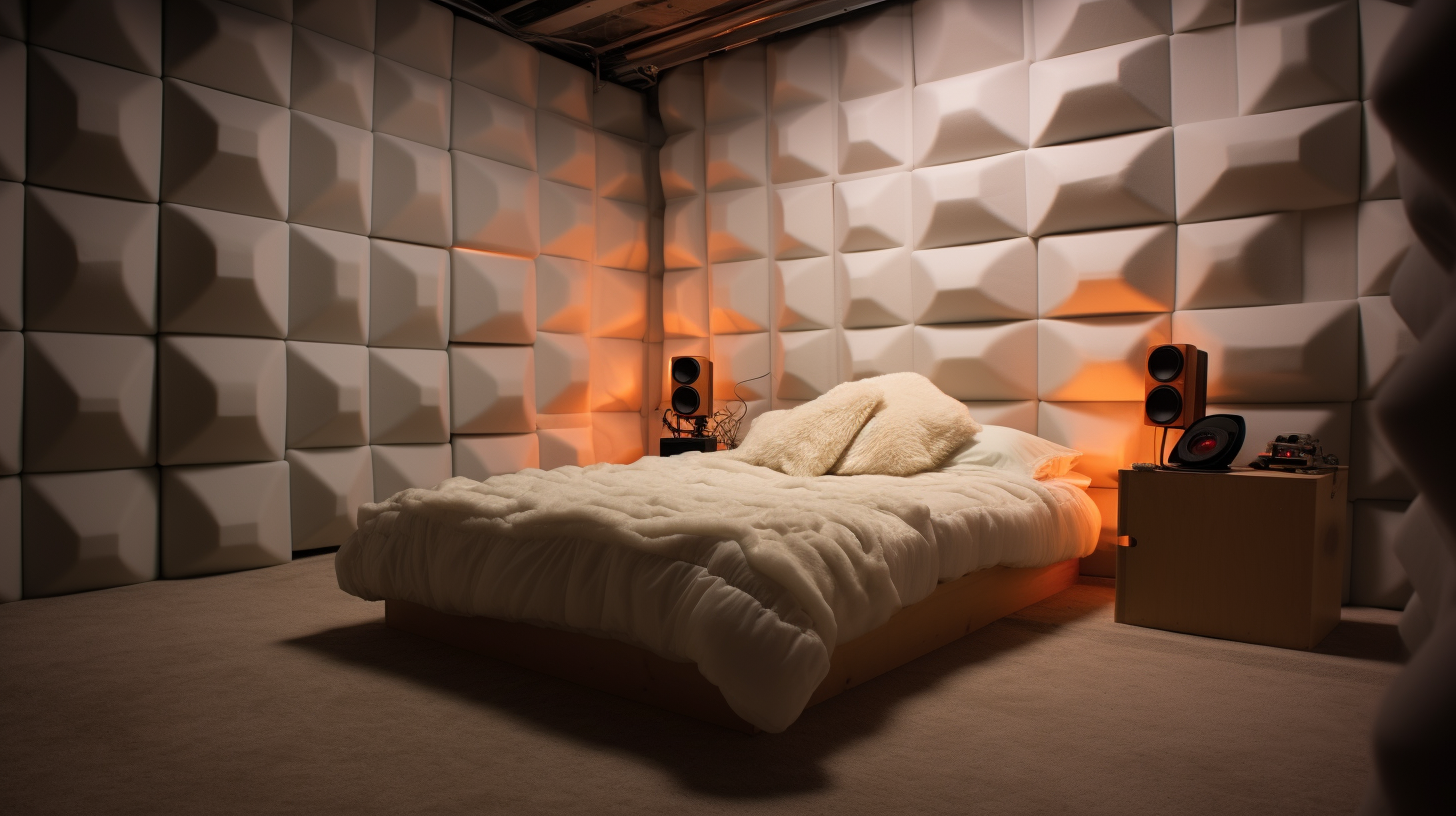





The discussion on ductwork noise transmission from Acoustic Fields highlights crucial aspects of HVAC system acoustics. The movement of air…
Great build plans. thank you Denis
You must use absorption. Never place a chair against a wall.
A friend and I built several diffusors using these plans and they turned out absolutely beautiful. Very good instructions and…